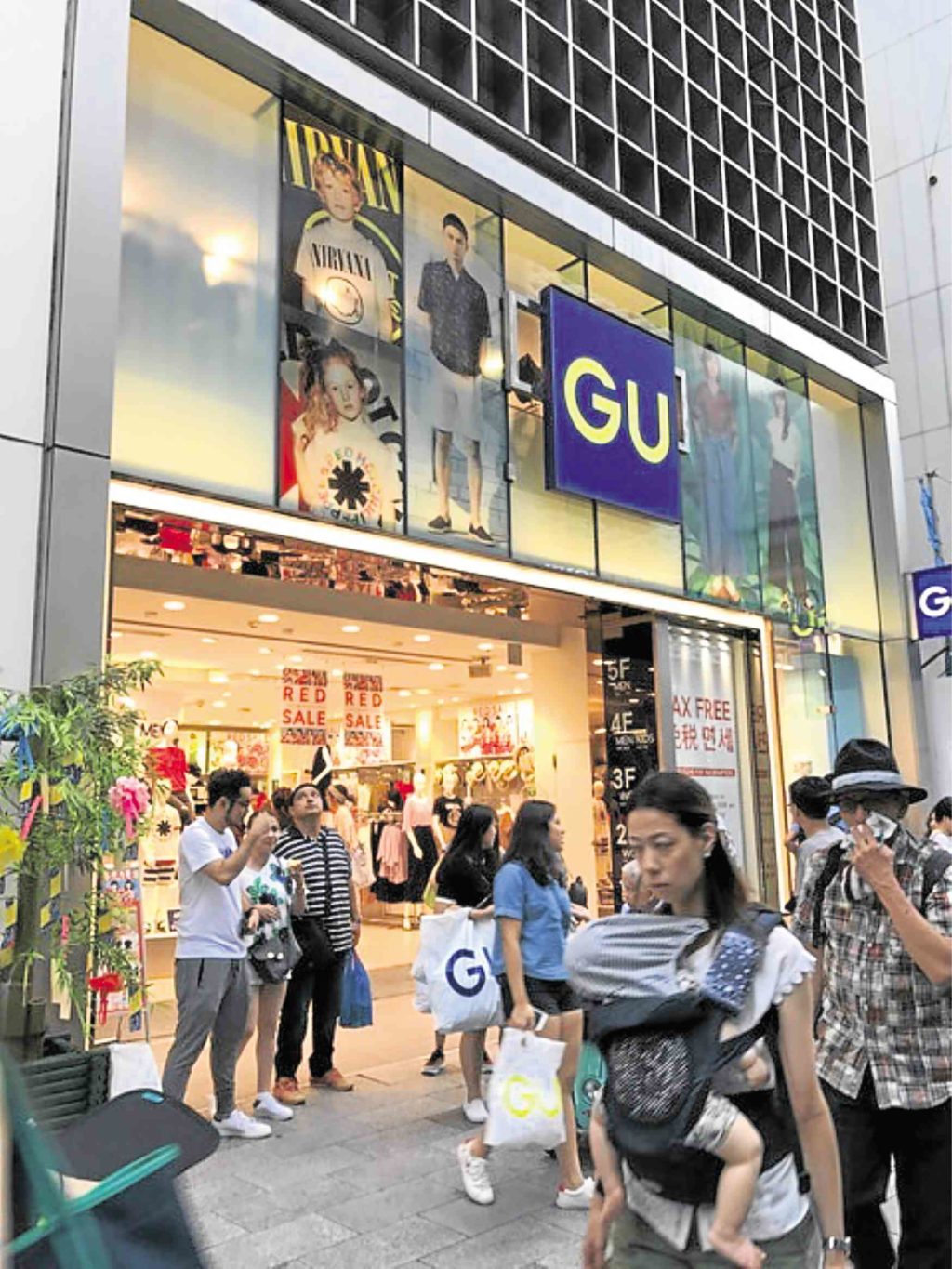Brands are not created equal. Some are deemed more valuable than others, with the equity measured as the sum of all the perceptions and feelings toward a particular product or service.
The better the perception, most likely the better the sales.
If cared for properly, brands retain or increase their value through generations.
As long as the brands remain relevant to consumers, they will likely weather shifts in consumer preferences, even in this age of increased use of digital technology.
But brands will have to ride the digital wave and appeal to a new generation that grew up with digital technology.
To this millennial generation, convenience is an important attribute.
This consumer behavior has given birth to a sharing economy as well as new brands propelled by the digital apps technology, ably and conveniently delivering commodities, products or services soonest or on demand.
Not all products or services need to be purely digitized, however.
GU, a fast fashion company and a sister retail brand of Uniqlo, combines digitization and old school operations.
GU has fewer sales people and uses machines as self-checkout counters.
GU has 340 stores in Japan, 10 stores in Shanghai and Taiwan and it recently opened a store in Hong Kong.
It is also recommended that companies reinvent products or services to suit a digital economy.
German brand Adidas is a 68 year old brand, founded in 1949, now known as a brand crossing sports, lifestyle, street wear and high fashion. Some of its latest shoes are now in the cabinets of many millennials.
Adidas’ brand value, based on Interbrand’s ranking, rose by 16 percent in 2016, moving its rank from 62 to 60 at $7.885 billion.
It is also recommended that brands stay focused on their identity.
Disney is an iconic brand founded in 1923. It is ranked the 6th most valuable brand in 2016. Disney is a diversified mass media and entertainment conglomerate valued at $38.7 billion.
Disney’s first most popular character, Mickey Mouse, was introduced in 1928.
Disney is proud of its multitude of characters that have touched the lives of generations of children, from Snow White and the Seven Dwarfs (1937), Pinocchio (1940), Dumbo (1941), Cinderella (1950), Alice in Wonderland (1951), Peter Pan (1953), Princess Aurora in Sleeping Beauty (1959), Princess Ariel in The Little Mermaid (1989), Princess Belle in Beauty and the Beast (1991) to Princess Jasmine in Aladdin (1992) and Lilo and Stitch (2002).
The modern era spawned Princess Tiana in the Princess and the Frog (2009), Princess Rapunzel in Tangled (2010) and more recently, feminist Princess Merida in Brave (2012).
Brand owners must also realize that communications is a key element in building and managing brands that should become more relevant in the fourth industrial revolution. Brand owners must work with experts in this area. The key is to find the right people who can determine the most insightful message to remain relevant to consumers.—CONTRIBUTED


